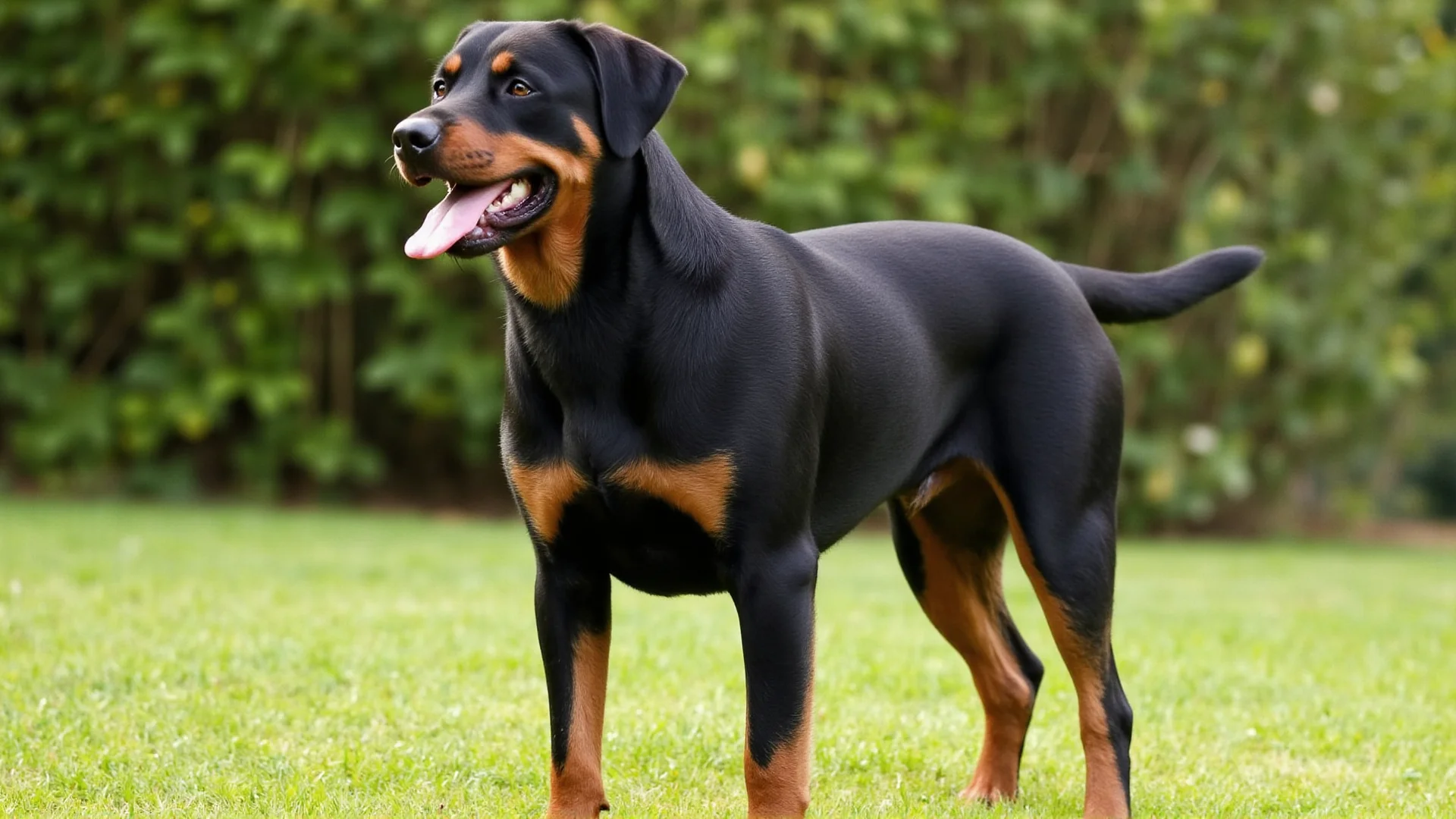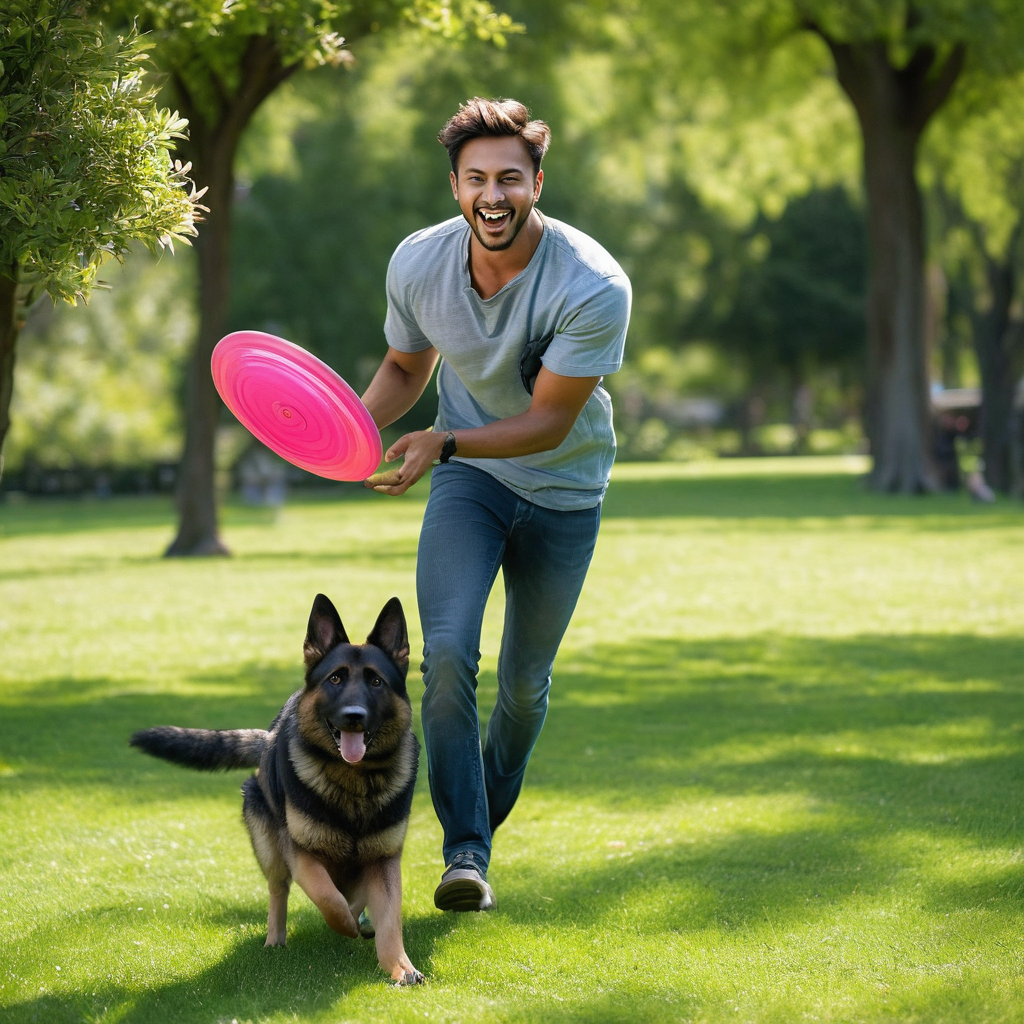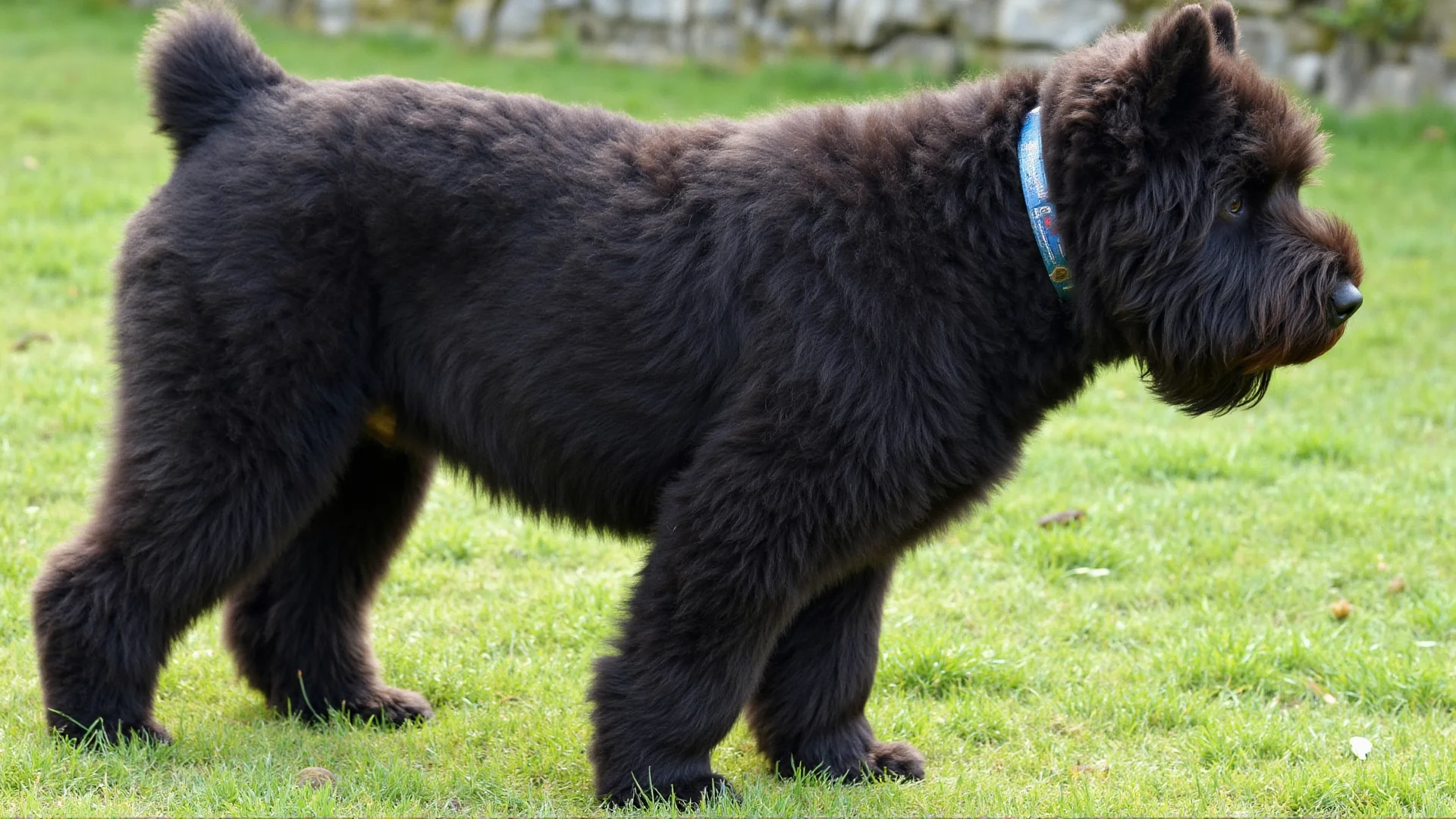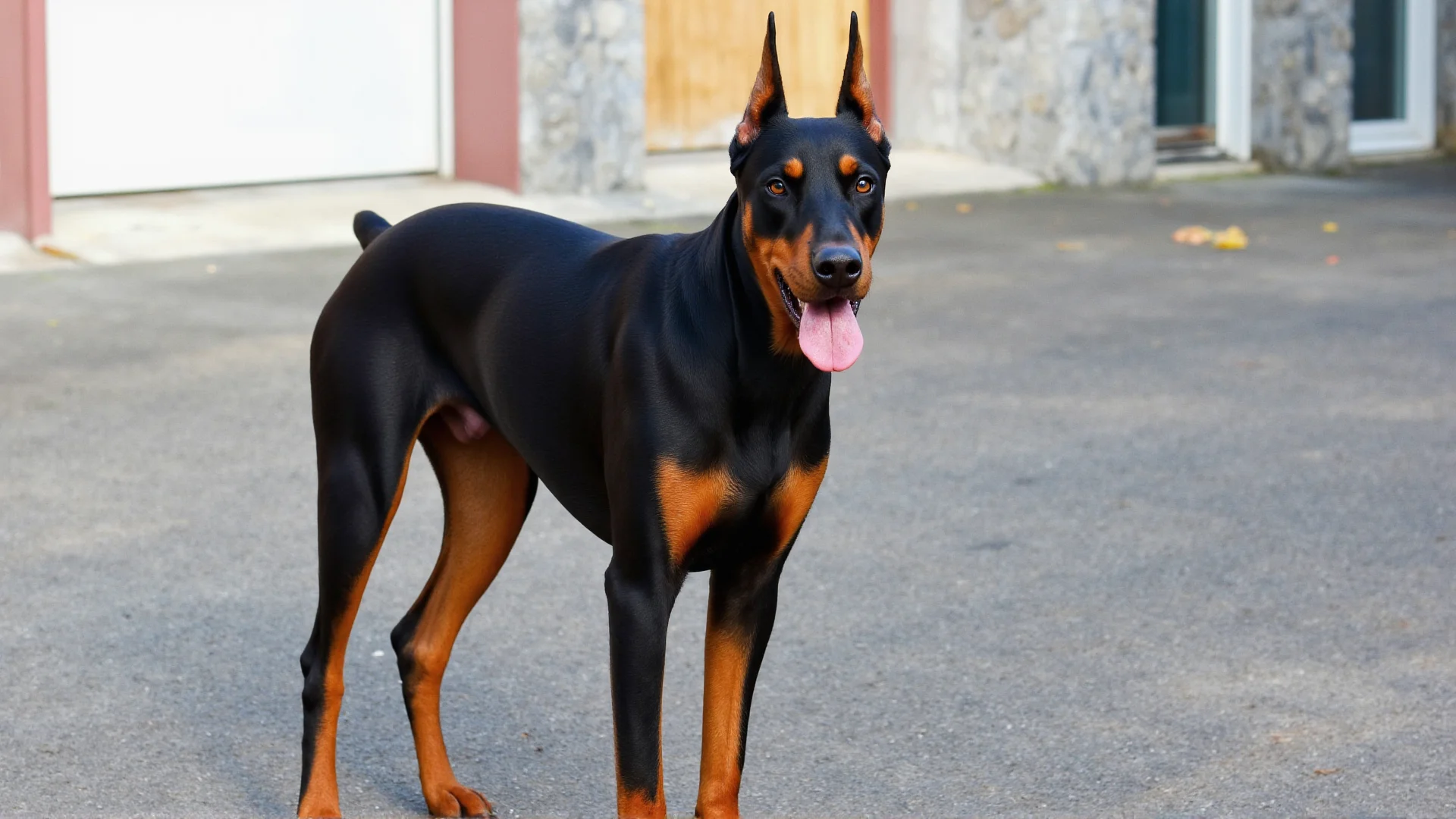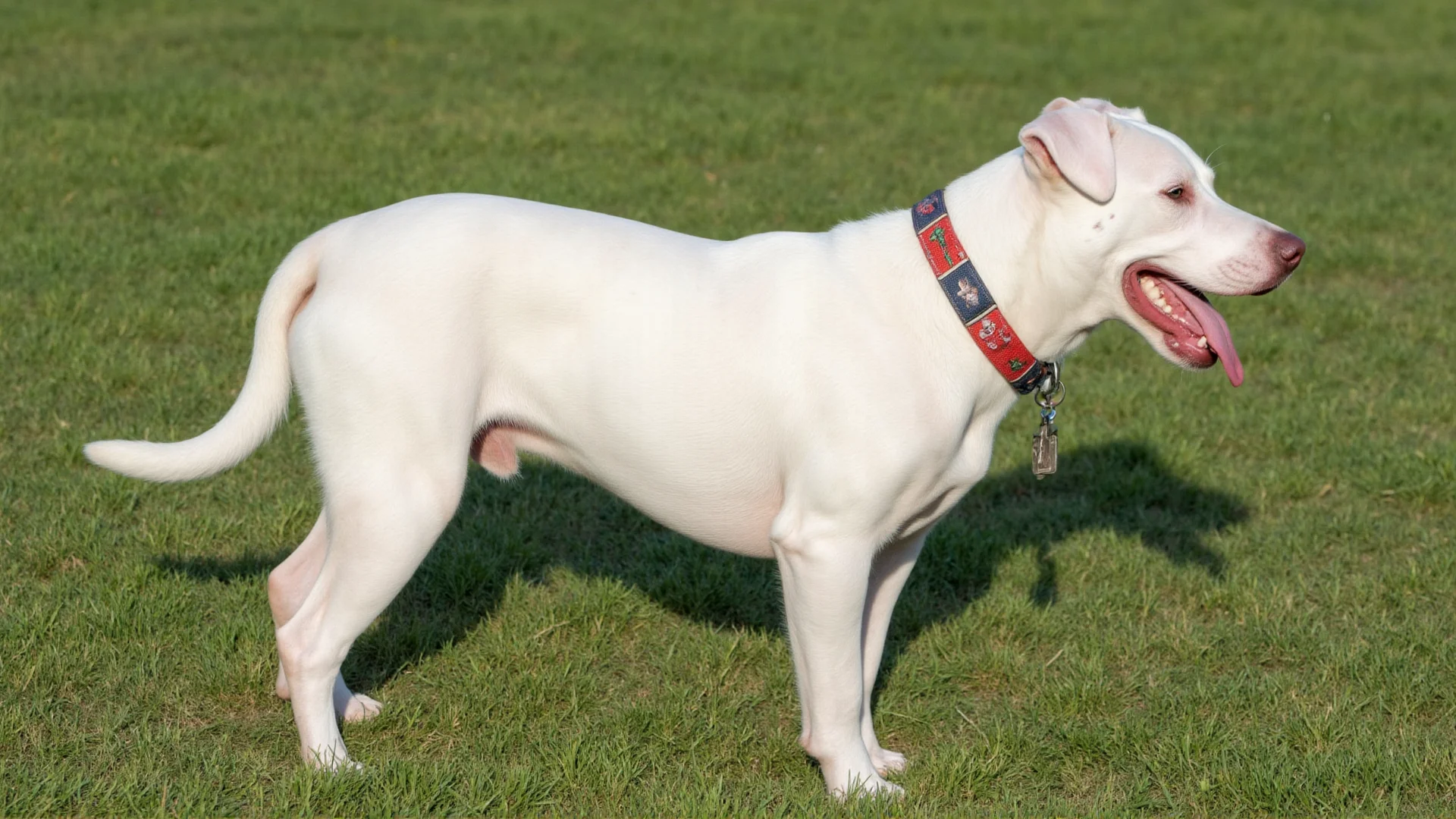The Rottweiler: Your Ultimate Protection Dog Companion
When it comes to protection dogs, few breeds command as much respect as the Rottweiler. These powerful, intelligent canines have served as guardians for centuries, combining unwavering loyalty with natural protective instincts that make them exceptional family protectors.
The Natural Guardian: Understanding Rottweiler Protection Instincts
Rottweilers were originally bred to drive cattle and pull carts for butchers, but their natural protective instincts quickly made them valuable as guard dogs. Their imposing presence alone is often enough to deter potential threats, but beneath that formidable exterior lies a deeply loyal and intelligent companion.
What sets Rottweilers apart as protection dogs is their innate ability to assess situations. They don't react aggressively without cause; instead, they observe, evaluate, and respond appropriately. This measured approach makes them excellent family protection dogs who can distinguish between genuine threats and everyday visitors.
Key Protection Qualities
- Natural alertness: Rottweilers are naturally vigilant and aware of their surroundings
- Territorial instinct: They instinctively protect their home and family
- Physical presence: Their size and build serve as natural deterrents
- Courage: They won't back down when protecting their loved ones
- Controlled aggression: They can escalate or de-escalate as situations demand
Training Your Rottweiler for Protection Work
While Rottweilers have natural protective instincts, proper training is essential to channel these abilities effectively and safely. Protection training should always be conducted by experienced professionals who understand both the breed and protection work.
Foundation Training Elements
Obedience Foundation
Before any protection training begins, your Rottweiler must have rock-solid obedience skills. Commands like "sit," "stay," "down," and especially "release" or "out" are crucial for maintaining control during protection scenarios.
Socialization and Temperament Testing
Proper socialization ensures your Rottweiler can differentiate between normal social interactions and genuine threats. A well-socialized protection dog is confident, calm, and responds appropriately to various situations.
Alert and Bark Training
Teaching your Rottweiler to alert you to potential threats through controlled barking is often the first step in protection training. This skill allows them to serve as an early warning system while remaining under your control.
Bite Work and Control
Advanced protection training includes teaching controlled bite work, but this should only be done by certified protection dog trainers. The focus is always on control – the ability to engage and disengage on command.
Rottweiler Protection Training Timeline
| Age Range | Training Focus | Expected Skills |
|---|---|---|
| 8-16 weeks | Socialization & Basic Obedience | House training, basic commands, exposure to various stimuli |
| 4-8 months | Advanced Obedience | Reliable recall, impulse control, leash manners |
| 8-12 months | Alert Training | Controlled barking, territorial awareness |
| 12+ months | Advanced Protection | Threat assessment, controlled aggression, bite work |
The Family Protection Dog: Balancing Guardian and Companion Roles
One of the most remarkable aspects of Rottweilers is their ability to seamlessly transition between being gentle family companions and fierce protectors. This dual nature requires careful management and ongoing training to maintain the proper balance.
Living with a Protection-Trained Rottweiler
Clear Boundaries: Establish clear rules about when protection behavior is appropriate. Your Rottweiler should understand that protection mode is only activated when you're genuinely threatened, not during normal daily activities.
Ongoing Socialization: Continue exposing your protection-trained Rottweiler to various people and situations. This prevents them from becoming overly suspicious or reactive to normal social interactions.
Regular Training Sessions: Maintain your dog's skills through regular training sessions. This keeps their abilities sharp while reinforcing your control over their actions.
Managing Public Perception
Owning a protection-trained Rottweiler comes with additional responsibilities. You must be mindful of how your dog's presence affects others and take steps to ensure everyone feels safe and comfortable.
- Always maintain control of your dog in public
- Be prepared to educate others about your dog's training and temperament
- Consider liability insurance for protection dogs
- Follow all local laws regarding protection dogs
Health and Physical Conditioning for Protection Work
Protection work places additional physical and mental demands on your Rottweiler. Maintaining peak physical condition is essential for both performance and injury prevention.
Physical Conditioning Program
Cardiovascular Fitness: Regular running, swimming, or playing fetch builds the stamina needed for protection work. Start slowly and gradually increase intensity.
Strength Training: Controlled exercises like hill walking, resistance work, and weight pulling build the muscle strength necessary for effective protection work.
Flexibility and Recovery: Include stretching and recovery time in your dog's routine to prevent injuries and maintain joint health.
Nutrition for Working Dogs
Protection dogs have higher caloric needs than typical pet dogs. Work with your veterinarian to develop a nutrition plan that supports your Rottweiler's increased activity level while maintaining optimal body condition.
Legal and Ethical Considerations
Owning a protection-trained dog comes with significant legal and ethical responsibilities. Understanding these obligations is crucial before embarking on protection training.
Legal Responsibilities
- Research local laws regarding protection dogs and guard dogs
- Understand liability implications if your dog injures someone
- Ensure proper licensing and registration
- Consider additional insurance coverage
Ethical Considerations
Protection training should only be pursued for legitimate security needs, not as a way to intimidate others or enhance your image. The goal is always to protect your family and property while being a responsible member of your community.
Choosing the Right Rottweiler for Protection Work
Not every Rottweiler is suitable for protection work. Look for specific traits and characteristics that indicate natural aptitude for this specialized role.
Ideal Protection Dog Traits
- Confidence: The dog should be naturally confident without being overly aggressive
- Trainability: High intelligence and eagerness to work with their handler
- Physical soundness: Good health, proper structure, and athletic ability
- Stable temperament: Calm under pressure with good recovery from stress
- Natural suspicion: Appropriate wariness of strangers without fearfulness
Working with Professional Trainers
Successful protection dog training requires working with experienced professionals who specialize in this field. Look for trainers with certifications from recognized organizations and a proven track record with Rottweilers.
